Flower gardening is a fulfilling and rewarding hobby that allows you to nurture the beauty of nature right in your own backyard. Whether you’re a seasoned gardener or a beginner, the key to success lies in understanding your unique environment and making the most of it.
In this article, we’ll explore essential tips for successful flower gardening, helping you bloom where you’re planted. If you want to find inspiration for flower gardening, you can order a fresh flower bouquet online and place it on your garden table. Through our partner MyGlobalFlowers, you can explore the USA, UK, send flowers to Boise options and choose the best flower arrangements to match your mood.
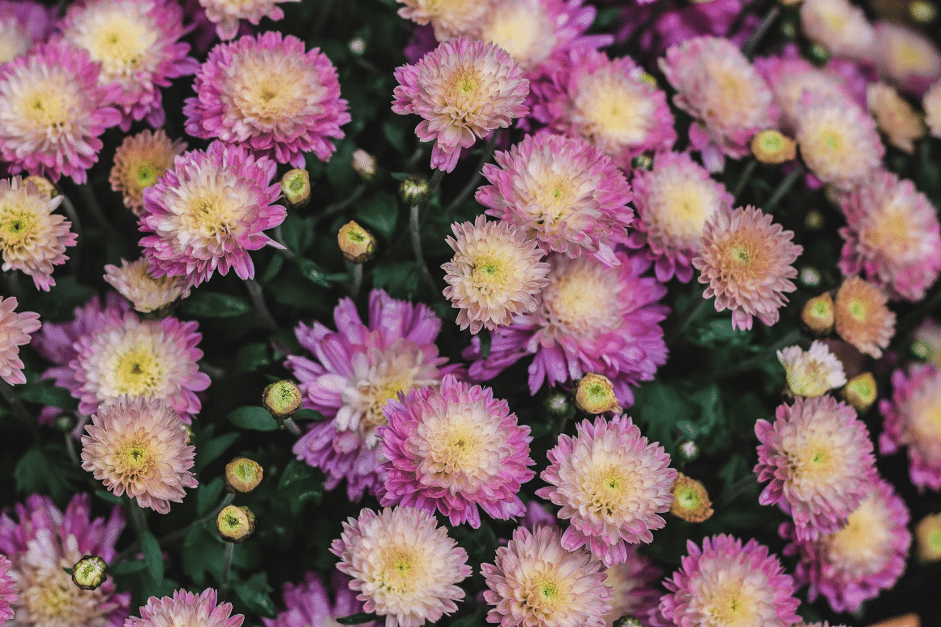
1. Know Your Zone and Soil
Understanding your hardiness zone is the first step in successful flower gardening. The USDA Plant Hardiness Zone Map helps you identify the climate and temperature range in your area, which is crucial for selecting plants that will thrive in your location.
Equally important is knowing your soil type. Soil composition affects drainage, nutrient availability, and plant growth. You can get your soil tested to determine its pH and nutrient levels, which will guide you in choosing suitable plants and soil amendments.
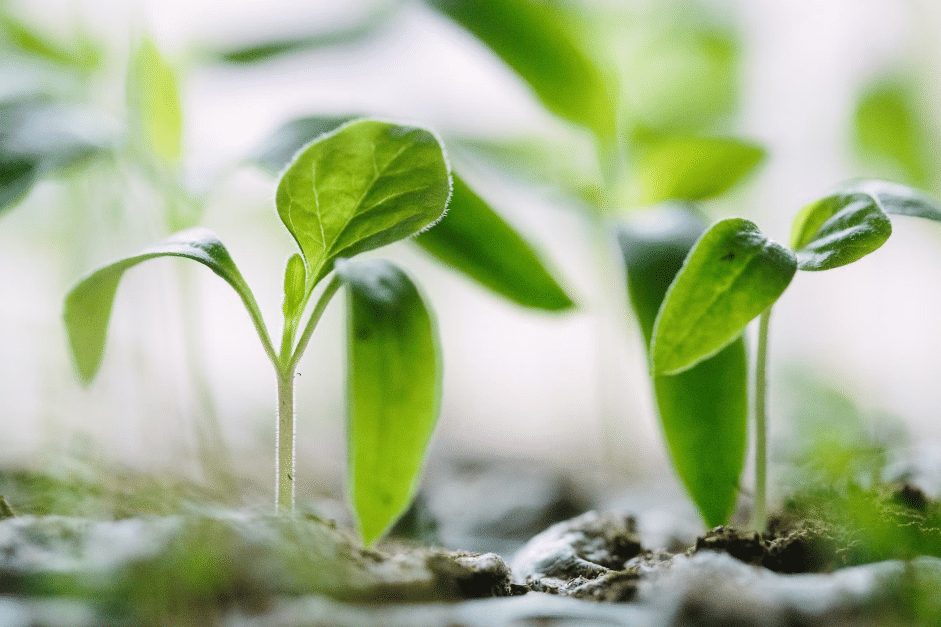
2. Choose the Right Plants
Selecting the right plants for your garden is critical to success. Consider factors such as:
- Sunlight: Determine the amount of sunlight your garden receives throughout the day. Some flowers thrive in full sun, while others prefer partial or full shade.
- Water Requirements: Choose plants that match your garden’s water availability. Drought-tolerant varieties are ideal for water-conscious gardeners.
- Soil Compatibility: Pick plants that are well-suited to your soil type and pH level.
- Seasonal Interest: Plan for a variety of blooming times to ensure year-round color in your garden.

3. Proper Planting Techniques
Planting flowers correctly is essential for their long-term health. Here are some key planting tips:
- Prepare the soil: Amend your soil with organic matter to improve its fertility and drainage.
- Plant at the right depth: Follow the planting depth recommended for each flower species. Planting too deep or too shallow can hinder growth.
- Allow for spacing: Plant flowers at the recommended spacing to prevent overcrowding, which can lead to poor airflow and disease.
- Mulch: Apply a layer of mulch around your plants to retain moisture, suppress weeds, and regulate soil temperature.
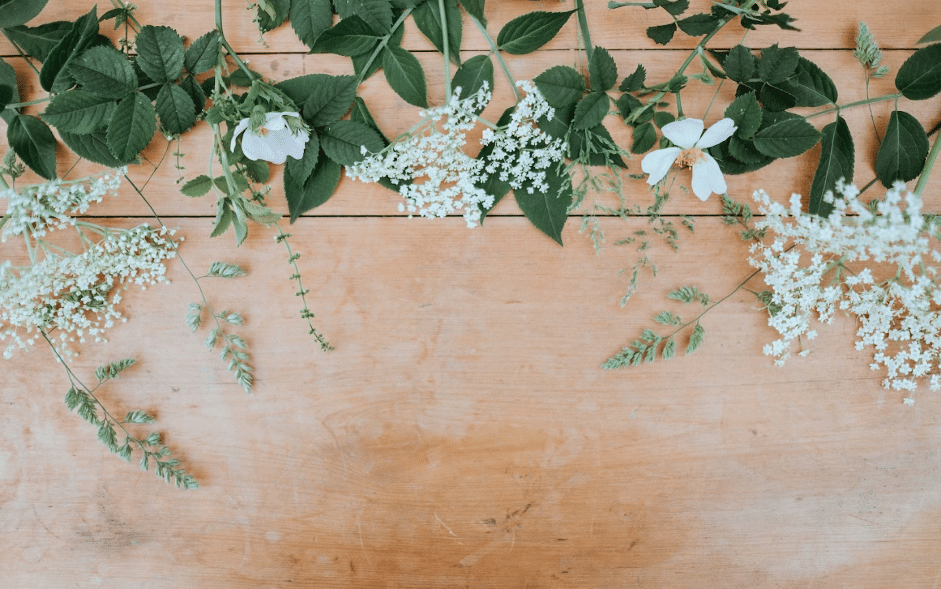
4. Water Wisely
Proper watering is crucial for flower gardening success. Here are some guidelines:
- Water deeply and infrequently: Give your plants a good soak rather than frequent shallow watering. This encourages deep root growth and helps plants withstand drought.
- Water in the morning: Watering in the morning allows foliage to dry before evening, reducing the risk of fungal diseases.
- Use a soaker hose or drip irrigation: These methods deliver water directly to the base of plants, reducing water waste.
- Be mindful of rain: Adjust your watering schedule based on natural rainfall. Overwatering can be as detrimental as underwatering.
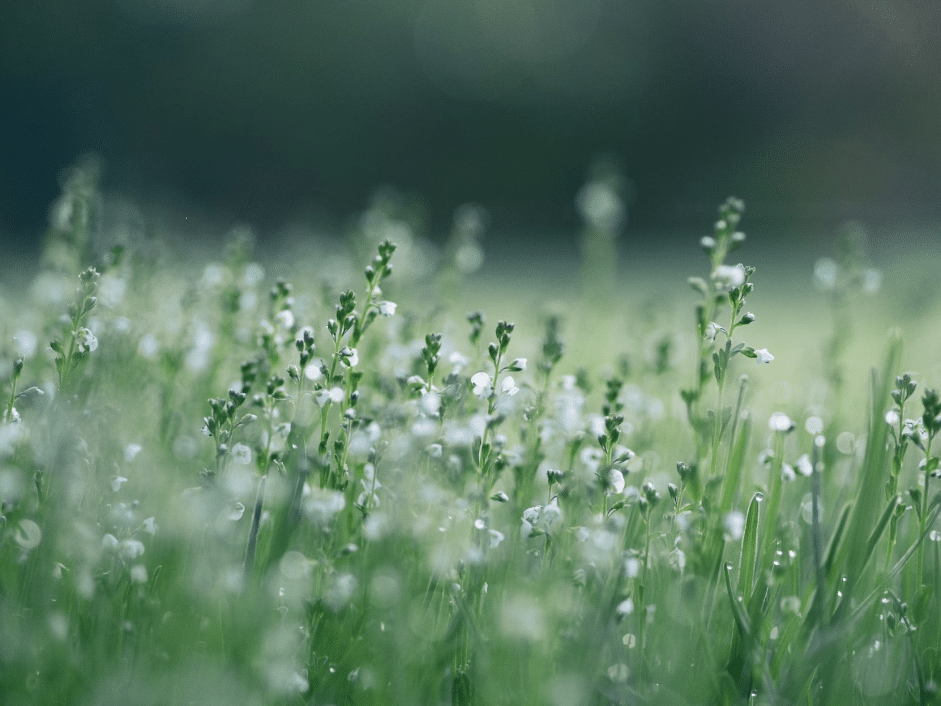
5. Pruning and Deadheading
Regular pruning and deadheading (removing spent blooms) help maintain the health and appearance of your flower garden. Pruning encourages bushier growth and removes diseased or damaged branches. Deadheading redirects the plant’s energy toward new blooms and prevents self-seeding in some cases.
6. Pest and Disease Management
Keep an eye out for pests and diseases that can affect your flowers. Early detection and intervention are key to preventing damage. Consider using natural pest control methods and companion planting to deter unwanted insects.
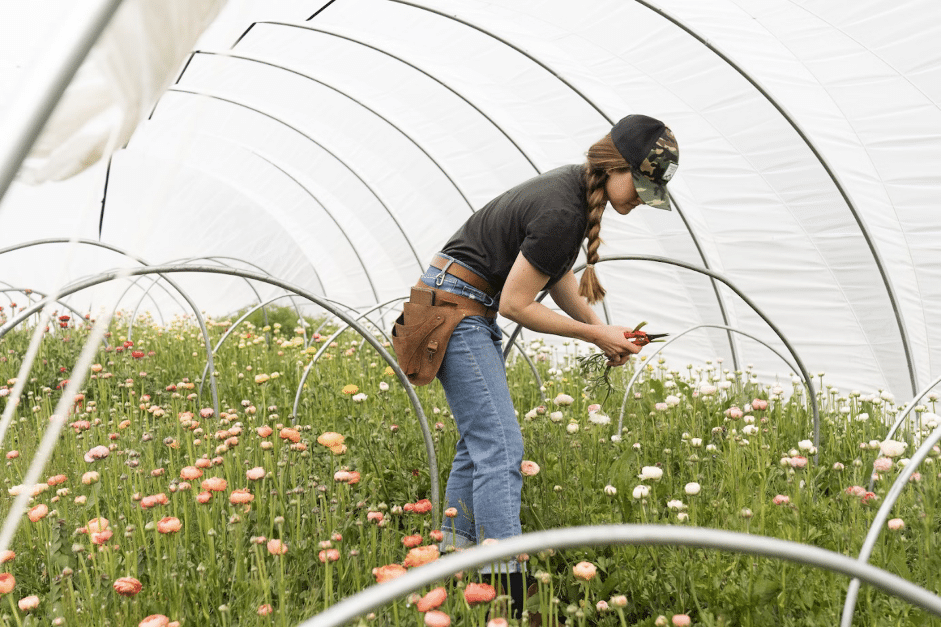
7. Fertilize Appropriately
Fertilizing provides essential nutrients to your plants. Use a balanced, slow-release fertilizer or organic options like compost or aged manure. Follow the recommended application rates to avoid over-fertilizing, which can harm your plants.
8. Be Patient and Learn from Experience
Successful flower gardening is a journey that involves trial and error. Don’t be discouraged by setbacks; instead, learn from them. Pay attention to what works in your garden, and adapt your approach accordingly.
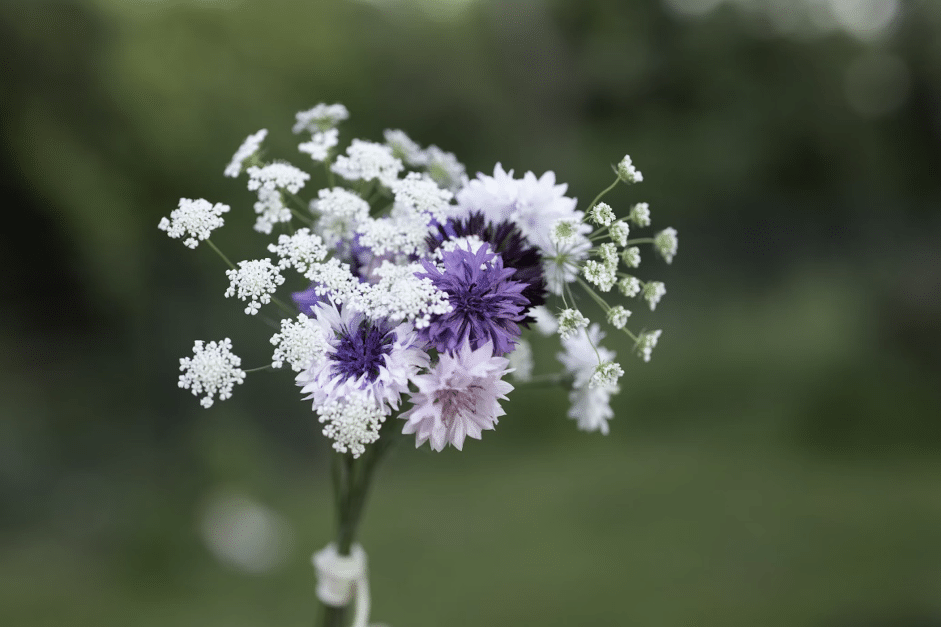
9. Enjoy the Process
Remember that flower gardening is not just about the end result; it’s also about the joy of nurturing and witnessing the beauty of nature. Take time to appreciate the process and the small miracles that unfold in your garden each day.
By following these tips and embracing the unique conditions of your garden, you can cultivate a flourishing and vibrant flower garden that will bring beauty and joy to your outdoor space. So, whether you’re planting your first flower bed or tending to an established garden, bloom where you’re planted and let your garden thrive.
